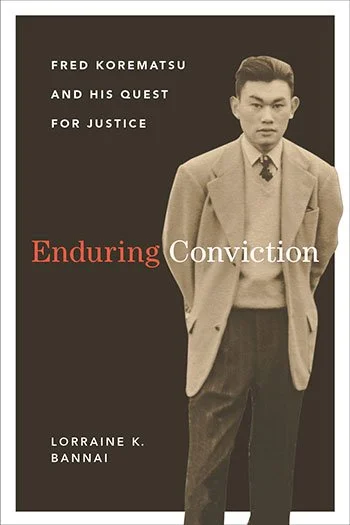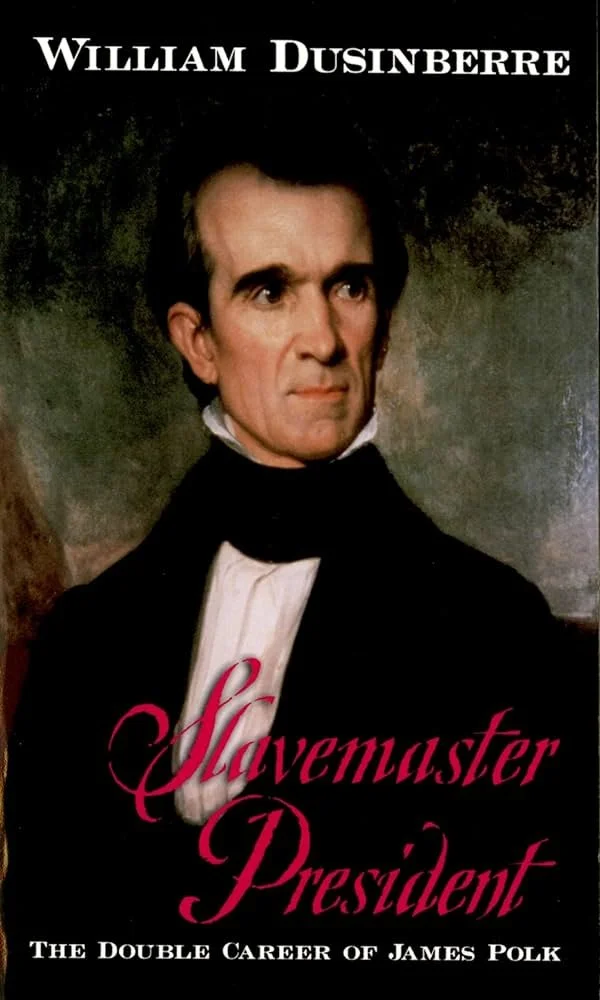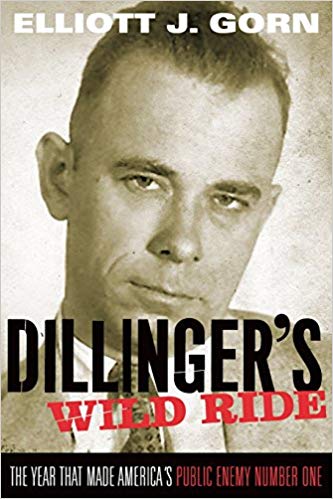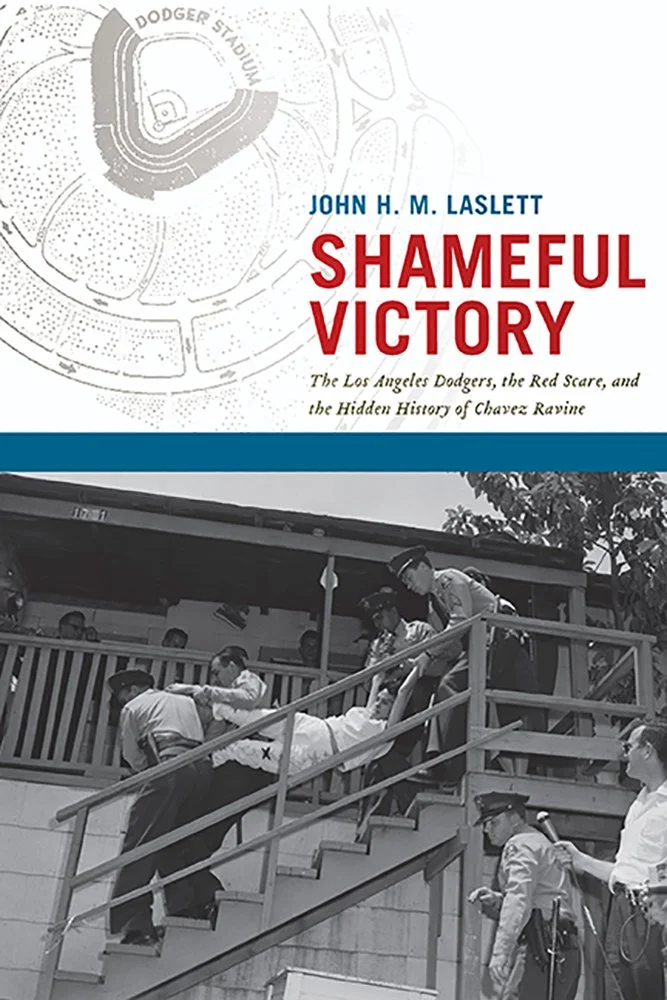“book chat” note-taking guides
If you are reading this, you probably have first-hand experience with the increasing obsolescence of reading, especially of books, among today’s college and university students. One way I counter this trend is by assigning students in my survey courses a “Book Chat.” I provide them with a list of titles spanning many different topics, ask them to read the one that most interests them, and then discuss the book with them for ten minutes during an individual office hours meeting. (Unfortunately, this assignment is ill-suited for asynchronous online courses.) For each text, I make available a “Note-Taking Guide” with questions that help students identify key insights and evidence offered by the author, as well as important questions raised by their research. I do not make submission of the guides mandatory. However, as you can imagine, students who complete the guides tend to do much better during the chat. The assignment is not AI-proof—and the note-taking guides require regular updates as AI ability to generate thoughtful responses to some of the questions improves over time—but it is more resistant to AI than take-home essays. I have found it effective to transition all my writing assignments to in class, and use the Book Chat as the major take-home assignment. Students overwhelmingly report preferring the Book Chat assignment to a traditional essay, in part because it provides for more substantive one-on-one interaction with the instructor. You can learn more about how I structure the assignment by looking at my Modern U.S. History survey syllabus, and by reviewing the general assignment guidelines I give students at the beginning of the semester. Below you can download the .docx files of the note-taking guide for each title, alphabetized by author.
Enduring Conviction: Fred Korematsu and His Quest for Justice (Lorraine Bannai)
In contrast to most legal history, this study of Fred Korematsu’s repeated challenges to the constitutionality of Japanese American internment during World War II is highly readable. The author, Lorraine Bannai, brings unique insight to Korematsu’s case since she served on his legal team when he mounted a new challenge to the government during the 1980s. Enduring Conviction raises important and enduring questions about the tension between individual freedoms and the imperatives of national security during wartime.
Slavemaster President: The Double Career of James Polk (William Dusinberre)
Gateway to Freedom: The hidden history of the underground railroad (Eric Foner)
Eric Foner’s history of the Underground Railroad, focused on the network’s activities in New York City, is an instructive tale of the ingenuity, sacrifice, and commitment of the women and men, African-Americans and whites, who helped shepherd runaway slaves to and through Northern states (often on the way to Canada). This book is extremely relevant to the U.S. today, as it demonstrates the possibility of interracial cooperation in the name of basic justice and human progress. (Note-taking guide coming soon!)
Dillinger’s wild ride: The year that made America’s public enemy number one (Elliott gorn)
What more could students want than a book about sex, crime, and violence? Elliott Gorn’s account of John Dillinger’s bank-robbing bonanza in 1933 and 1934 has all of it, and manages to teach students a thing or two about the Great Depression. The beauty of this book is that it focuses as much on the public’s reaction to Dillinger as on Dillinger himself, and in doing so draws important parallels between the economic crises of the 1930s and 2000s. I have assigned this book many times, and student feedback has been overwhelmingly positive.
for freedom’s sake: the life of fannie lou hamer (chana lee)
This biography of Fannie Lou Hamer, one of America’s most important civil rights leaders, receives consistent praise from students. Chana Kai Lee traces Hamer’s emergence as an champion for voting rights and economic justice in Mississippi and beyond, using the activist’s life to highlight the often forgotten links between struggles for racial and economic equality. She does an superb job describing the role of the Student Nonviolent Coordinating Committee in cultivating grassroots activists who, like Hamer, came from extreme poverty, as well as Hamer’s role in challenging the racist leadership of the Democratic Party during the 1960s.
Shameful Victory: The Los Angeles Dodgers, The Red SCare, and the Hidden History of Chavez ravine (John Laslett)
Many of my students are Dodgers fans, so it comes as no surprise that many choose to read John Laslett’s study of how pervasive anti-communism shaped the the policy decisions leading to the eviction of residents from Chavez Ravine to make way for Dodger Stadium. The book occasionally strikes an academic tone that some students find challenging, but it makes up for this with engaging discussions not only of the evictions, but also how Southern California’s Latino community has memorialized them.
Alice paul: equality for women (christine lunardini)
Students tend to enjoy reading about Alice Paul, the Quaker suffragette who suffered repeated arrest and constant exhaustion in her quest to secure the vote for women, and who became notorious during WWI for comparing Woodrow Wilson to the German Kaiser because of the former’s refusal to support full democratic participation for American women. Christine Lunardini clearly describes the complicated interplay between different suffrage organizations, such as the National Women’s Party, at the turn of the century, and expertly captures the “badass” aspects of Paul and many of her fellow suffragettes.
Rebecca dickinson: independence for a new england woman (marla miller)
Marla Miller’s biography of Rebecca Dickinson, an unmarried dressmaker who lived in New England during the colonial era and early Republic, is admittedly less captivating than most others I assign. However, I still recommend it for women’s or labor history courses, as Miller does a phenomenal job of using Dickinson’s diary to show how women of the era shaped the workplace and often thought critically about the institution of marriage. (Note-taking guide coming soon!)
What Soldiers do: sex and the american gi in world war ii france (Mary ROberts)
This book offers students a great opportunity to move beyond the “good war” framing that still characterizes much of the discussion about the U.S. in World War II. By focusing on the social and political aspects of sex during the U.S. invasion and occupation of France during the Second World War, Roberts offers new insights about the experience not just of soldiers, but also about French civilians. The content on the role played by soldiers’ race in how the Army responded to allegations of sexual assault is particularly illuminating.
the color of law: a forgotten history of how our government segregated america (richard rothstein)
While Arnold Rothstein’s history of U.S. government policies that intentionally promoted racial segregation during the 20th century covers ground that historians have been discussing for decades, it is the first book to do so in a way fully accessible to new college students. Rothstein methodically guides readers through the manifold ways, such a zoning ordinances, that municipal, state, and federal government officials shaped laws to exclude people of color from the benefits of home ownership in stable neighborhoods.
Hitler’s American Model: The United States and the Making of Nazi Race law (James Whitman)
In this provocative but meticulously researched study, James Whitman shows how Nazi jurists extensively studied and drew inspiration from racist law in the United States. Whitman writes in an academic style that will challenge many students, but I cannot recall a anyone who selected this text for the assignment expressing regret about their choice. Since a lot of the book concerns U.S. immigration law, it is a useful launching pad for students interested in thinking about developments in the United States over the last decade.
Shirley Chisholm: Catalyst for change (Barbara winslow)
In this highly readable biography of Shirley Chisholm, the first African American woman to serve in the U.S. Congress and the first African American and first woman to seek a major party’s nomination for president, historian Barbara Winslow deftly uses Chisholm as a prism through which to understand important trends like the immigration of Afro-Caribbeans to the United States during the 20th century and factionalism within the Democratic Party in the 1960s and 70s. Students tend to react positively to Chisholm’s candor, self-reflectiveness, and wit.











